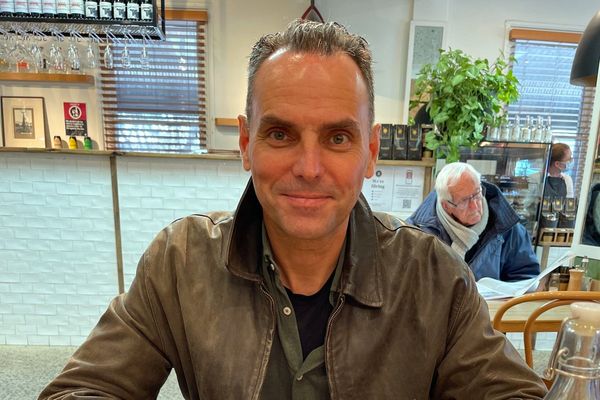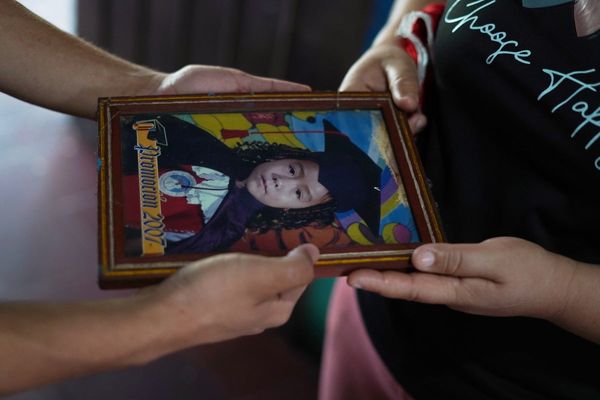
Pioneering singer and actor turned activist who campaigned against the apartheid has died aged 96
Harry Belafonte, who has died aged 96, was not the first black entertainer to “transcend racial boundaries” in the US, said The New York Times.
The likes of Ella Fitzgerald and Louis Armstrong had achieved stardom before he did. But none of them did it with quite such a splash. At a time when black faces were still rare on screen, Belafonte was starring in Hollywood films – “and for a while no one in music, black or white, was bigger”.
Born in Harlem, but brought up partly in Jamaica, “he almost single-handedly ignited a craze for Caribbean music with a series of hits including Day-O (The Banana Boat Song)”, and his 1956 album Calypso is believed to have been the first by a single artist to sell more than a million copies. He was also the first black man to win a Tony (in 1954), and the first to win an Emmy (1960).
‘Enduringly handsome’
Yet for all his fame and success, he was still barred from using the main door of hotels in Las Vegas where he performed, said The Guardian; and when, on a US talk show in 1968, the English singer Petula Clark touched his arm, the programme’s sponsor suggested that the segment be reshot (Clark refused). Incensed by the injustices he saw all around him, the “enduringly handsome” actor and singer had started to dedicate himself to social activism in the 1950s (like Paul Robeson, he refused to perform in the segregated South); and he became a key figure in the Civil Rights movement. A close friend and confidant of Martin Luther King Jr, he helped to fund, organise and publicise several seminal events of the era, ranging from voter drives in Mississippi to the 1963 March on Washington.
Harold Belafonte was born in New York in 1927 to impoverished parents who’d emigrated from the West Indies. His father was often absent; his mother’s life, he said, was one of “endless rejection”. He was 17 when he first saw a black man in a leading role on screen, said The Daily Telegraph: US servicemen appearing in a propaganda film. He immediately enlisted in the navy, only to find that the reality was rather less heroic than it had been depicted on celluloid. The services were segregated; and as a black American, he was given only menial work.
Returning to New York in 1945, he scraped a living doing odd jobs. One day, a client gave him tickets to see a play at the American Negro Theatre. He was so entranced, he volunteered to work there as a stage hand; he then enrolled in the Dramatic Workshop, where his classmates included Marlon Brando. He stumbled into music after a promoter heard him singing in a play and invited him to perform at a jazz club – with Charlie Parker and Miles Davis. He was soon packing the club out, but he decided jazz didn’t suit him, and in the 1950s, he started releasing albums of folk music.
‘From actor to activist’
He made his film debut in 1953, and the following year, he starred in Otto Preminger’s box-office hit Carmen Jones. In 1957, he became the first black actor to play the romantic lead opposite a white woman – Joan Fontaine. Although they did not even kiss on screen, the film, Island in the Sun, was banned in some states, and Fontaine was sent death threats. Annoyed by the limited nature of the roles he was offered, Belafonte appeared in few films after that; among the roles he turned down was the part in Lilies of the Field (1963) that won his lifelong friend Sidney Poitier an Oscar.
Having set up a production company, he continued to appear on TV, however, and to record albums. One of them, 1962’s The Midnight Special, “featured the first recorded performance by a young harmonica player named Bob Dylan”. By then, though, his main focus was on his activism. As well as fighting for various causes in the US, he campaigned against apartheid in South Africa, and in 1985 he helped organise the single We Are the World, which raised about $65m for famine relief in Ethiopia. His final film appearance was a cameo in Spike Lee’s BlacKkKlansman (2018), in which he played a veteran activist recalling a lynching.
He is survived by his third wife, Pamela Frank, and his four children from his first two marriages.







